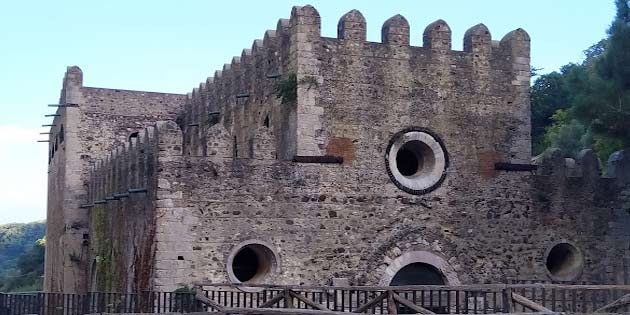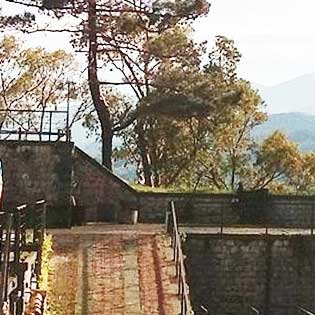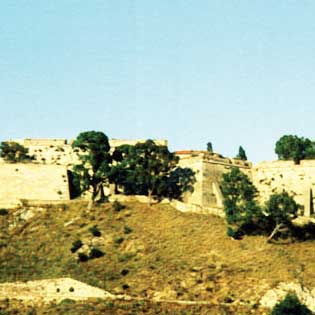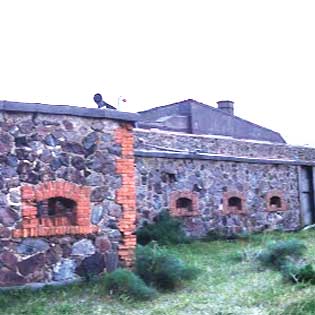Badiazza in Messina

The Church of Santa Maria della Valle di Messina, also known as "Badiazza" or as Church of Santa Maria della Scala, from the name of the stream where it stands, it is located outside the city at the foot of the San Rizzo hills.
The construction is the only remaining part of a female monastery whose history has not yet been clarified: according to some texts the monastic community should have belonged to the order of the Benedictines, according to others instead of the Cistercians. It is therefore considered probable that the nuns initially followed the Rule of St. Benedict and then decided to adhere to the Cistercian reform, assuming the rank of abbey only in the thirteenth century. During the first half of the 13th century the primitive church was enlarged together with the monastery, on that occasion it was renamed Santa Maria della Scala. A fire in 1282 damaged the abbey complex which was then restored and decorated in the early 14th century. Subsequently, on an unknown date, the complex was abandoned, the abbey soon fell into disrepair and today only the church remains.
The abbey of Santa Maria la Scala was built between the end of the 12th and the beginning of 13th century, when the monastery was already Cistercian.
The entire building is decorated with battlements, a feature that gives the building the character of a church - fortress, and has ogival windows divided into two orders. The lateral ogival portal is in the Gothic-Cistercian style and features pillars decorated with capitals with plant motifs, with thin and slender profiles. Near the side portal, an access passage to a lower level has been discovered, which could lead to a crypt or an underground passage. On the south side of the transept there is an ogival door connecting to the monastery, a construction of which only a few traces remain today. The dome, which collapsed between 1838 and 1840, was internally characterized by corner niches of Arab origin that lightened the load on the arches below and was made of pumice stone, a light material suitable for this daring architectural form, but too fragile to support the weight. of the calamities and ravages of time.
The interior, with three naves, covered by cross vaults with two-tone ribs, the result of alternating limestone and lava ashlars, set on cruciform pillars, with a large, slightly protruding transept, square in shape, surmounted by a central dome. The capitals are manifestations of the different stylistic influences of Norman, Cistercian, Burgundian, Pre-Gothic and Gothic derivation. The apse of the church is semicircular and is flanked by two chapels of the same shape, which are placed on the extension of the side aisles.
Among the works in the church, noteworthy are: the rich mosaics of the apses in Byzantine style executed in the first half of the 13th century of which only a small fragment depicting the head of St. Peter the Apostle has survived, now housed in the Regional Museum of Messina ; majolica artifact depicting the Madonna of fruit or Madonna with Child attributed to the workshop of Luca della Robbia of the fifteenth century, now in the Messina Regional Museum. Of considerable value was the painting Madonna della Scala, from the Middle East by an unknown artist, transferred to the monastery of Santa Maria della Scala, and lost in the 1908 earthquake.
Today the church is in a totally abandoned state.


